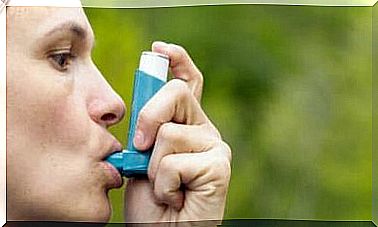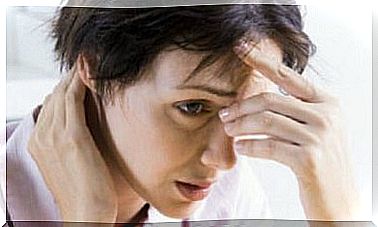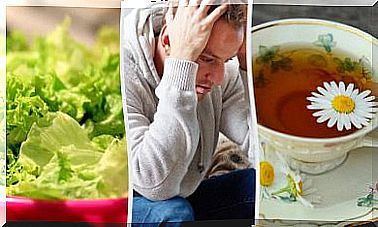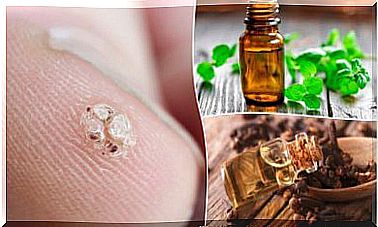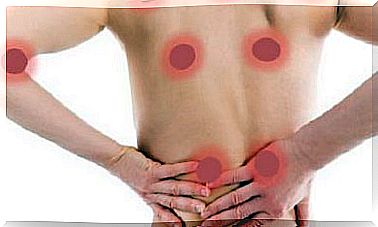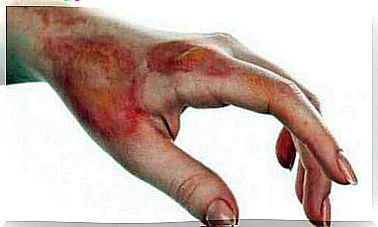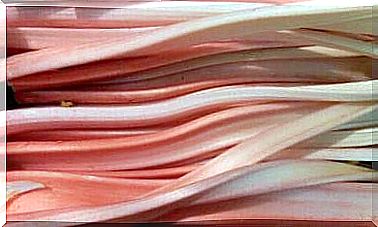Types Of Waterborne Diseases
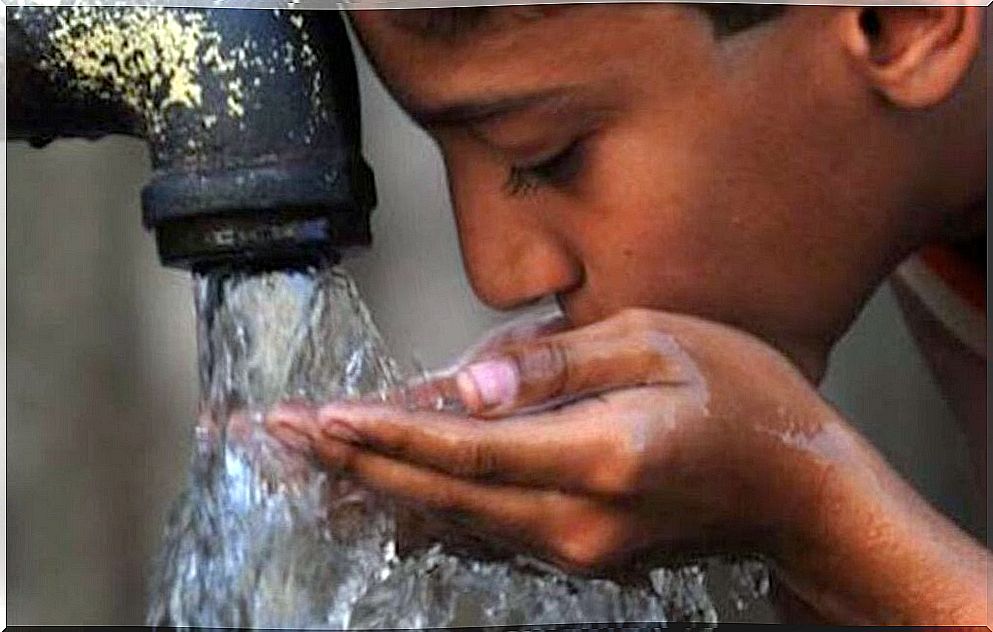
In this world we live in, it is very difficult for us to imagine that there are places where you can not get water from a tap. And even worse, we tend to forget the many types of waterborne diseases that are transmitted due to poor water quality.
Unfortunately, even though we may not be aware of this, about 250,000 people or more die each year due to waterborne diseases. This is because almost 30% of the world’s population cannot access safe, high – quality water.
We often talk about the lack of clean drinking water and dehydration in countries like Africa. However, we tend to forget that the same problem also has indirect consequences, such as infections from contaminated water.
Therefore, in this article we will tell you about the most relevant types of waterborne diseases. It is important to be aware of these diseases so that we can consume our water more efficiently and do better to preserve it.
What are waterborne diseases?
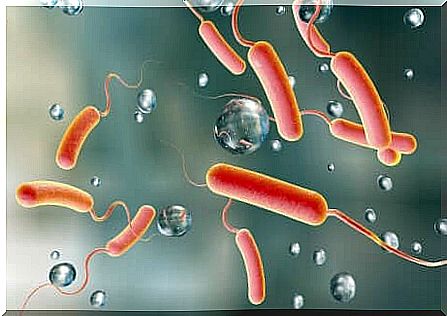
Waterborne diseases occur due to lack of water hygiene. In many places, water contains fecal residues. Elsewhere, there is a high concentration of chemicals that are harmful to human health.
The presence of microorganisms in the water causes these diseases. This added to the fact that this often occurs in places with inadequate health care, ending up being fatal for very many people.
The most common water-related illness is diarrhea. Acute diarrhea can be caused by many different microorganisms. The problem in these cases is that through our stools we lose even more fluids and electrolytes.
Diarrhea is more severe in children. This is because it often causes dehydration, which can be life-threatening if not treated quickly. The good news is that we currently have funds filled with the necessary electrolytes to rehydrate people suffering from this condition. And they are trying to distribute them in the most needy countries.
Another well-known form of waterborne disease is cholera. This is an infection caused by the bacterium Vibrio cholerae , which has triggered destructive epidemics throughout history. This disease involves severe diarrhea and vomiting. In addition, it can also lead to dehydration and death.
Other forms of waterborne diseases
Malaria is a disease that is transmitted through mosquito bites. However, some people also consider it to be a waterborne disease. This is because this type of mosquito only lives in areas with stagnant water of low quality.
In addition, dysentery is another condition associated with contaminated water. This disease causes very aggressive diarrhea and it mostly affects children. Also typhus and paratyphoid are very similar. Ingestion of contaminated water can cause these diseases.
Diseases caused by contact with water
Although we tend to associate only these types of diseases with drinking contaminated water, there is actually more than that. For example, swimming in lakes or rivers with some microorganisms can cause certain diseases, such as snail fever.
Snail fever or schistosomiasis is an infection from parasites that enter the body through our skin. It is common in areas where people bathe, such as lakes or ponds. The same thing happens with trachoma, which is an eye infection on contact with this type of water.
In addition, diseases can come from eating food that was grown with low quality water. In fact, it is very common for certain vegetables that have been watered with contaminated water to poison people.
Conclusion
There are countless types of waterborne diseases. The biggest problem is that to this day we do not know the seriousness of the consequences of this global problem. Therefore, it is very important to be aware of this problem.
We need to consume our water responsibly and efficiently. In addition, we must be careful when traveling to areas where water conditions are not as good as at home.
